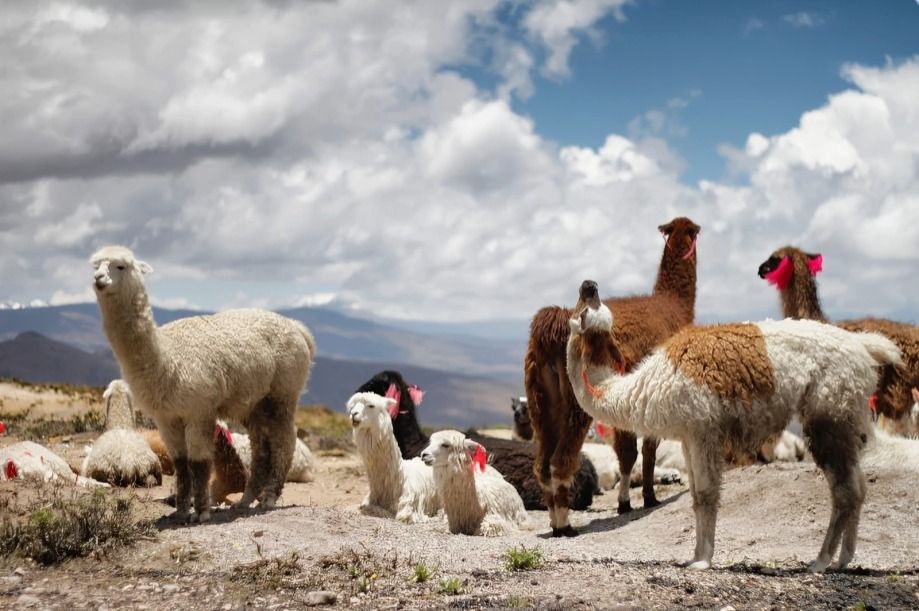
“
The Neolithic Transition from Foraging to Farming marks a pivotal moment in human history, where societies shifted from nomadic lifestyles to permanent agricultural settlements. This transformation enabled the domestication of plants and animals, fundamentally changing social structures and community dynamics. As people learned to cultivate crops and manage livestock, they developed new technologies and improved living conditions, leading to increased populations and the rise of complex societies. In this blog, we will explore 20 intriguing facts about this significant transition, shedding light on its impact on humanity's evolution and the development of modern agriculture.1
”
The Neolithic transition from foraging to farming changed human society. As agriculture emerged, people settled, establishing permanent villages that laid the foundation for civilization.1
Farming enabled the domestication of vital crops, such as wheat and barley. This shift provided stable food sources, allowing larger populations to thrive and develop complex social structures.2
The cultivation of legumes like lentils revolutionized Neolithic diets. These nutritious plants enhanced food security and health, contributing to community development and individual well-being.3

Animal domestication transformed life during this era. Taming sheep, goats, and cattle provided milk, meat, and wool, improving living standards and diversifying available resources.
Innovative farming tools emerged with agriculture. Sickles for harvesting and grinding stones for processing grains increased food production efficiency, supporting larger populations and sustainable communities.4
Permanent settlements formed as farming became prevalent. These villages fostered social interactions and cultural exchanges, paving the way for urban centers and complex societies.5

Agriculture led to the invention of pottery for food storage. Pottery improved preservation and preparation, ensuring surplus crops sustained communities throughout the year.
Labor specialization flourished as food production escalated. Individuals began to focus on diverse roles like crafting and trade, which drove significant innovation and economic growth within early societies, transforming their structure and functionality.6
Early farmers utilized techniques like crop rotation and polyculture to boost soil fertility and increase yields. These practices illustrate the Neolithic people's adaptability to diverse environmental conditions.7
Land ownership concepts arose with farming. Established territories led to resource management ideas, creating social hierarchies and conflicts over land usage in growing communities.8
The domestication of crops like rice and maize occurred independently. This adaptability highlights human ingenuity in responding to unique environments, allowing diverse agricultural practices to thrive globally.9
As the shift to agriculture took place, population densities rose significantly. This growth led to larger families and communities, ultimately paving the way for social hierarchies and the emergence of cities.10
Communal farming practices flourished as neighbors collaborated. This cooperation ensured food security and fostered strong social bonds, reinforcing the importance of community in Neolithic life.11
Livestock became essential to agriculture during the Neolithic era. Animals were utilized for plowing, greatly enhancing agricultural efficiency and allowing societies to cultivate larger areas of land for food production.12
Trade networks developed alongside agricultural surpluses. These connections allowed for the exchange of goods and ideas, fostering cultural interactions that shaped social evolution during the Neolithic era.13

While agriculture brought stability, it also posed health challenges. Over-reliance on limited crops sometimes led to deficiencies, highlighting the complexities of this transformative transition.
Neolithic architecture evolved with settled life, featuring homes made from mud bricks and stones. These structures varied in complexity, reflecting social status and community organization.14
Rituals connected to agricultural cycles became central. Seasonal celebrations for planting and harvesting emphasized the spiritual significance of farming in sustaining communities and individual lives.15
Archaeobotanical evidence shows diverse crops were cultivated. This adaptability underscores early farmers' creativity in responding to environmental changes and innovative approaches to food production.16
The transition from foraging to farming varied across regions. Environmental conditions and cultural practices influenced adaptations, showcasing the rich tapestry of human development during the Neolithic era.17


